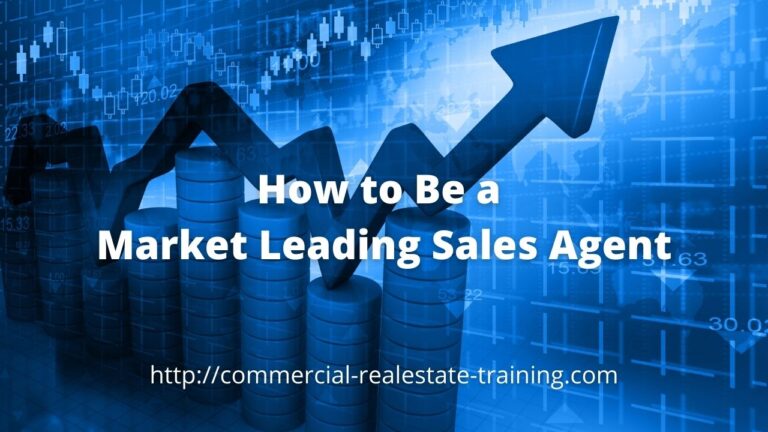Essential Sales Growth Metrics in Commercial Real Estate Brokerage
In commercial real estate brokerage, there are some things that you should watch when it comes to results in sales listings and sales across the brokerage and with each person in the team. It takes time to get a transaction ‘across the line’, and sales metrics matter when it comes to knowing what is happening in the property segments, with clients, marketing, and with inbound enquiry.
There is a proven ‘rule’ here for all brokers. It is the fact that, real effort and focus is required to create sustained sales momentum across a real estate brokerage and the team. There are advantages to be had with sales data analysis and tracking.
Local Property Indicators and Facts
When you know what is happening with the sales metrics and the indicators, you can adjust focus and actions personally and across the brokerage. Nothing is static in the property industry, so look for the predictable property changes and act on them. See the changes and the ‘churn’ from the local property market and do something with the changes that offer opportunity.
So your commercial real estate brokerage business can be ‘data driven’. Here are some of the important metrics to watch in the industry throughout the year:
- Listings by property type – there are different types of listings to watch by category and by precinct such as shopping centres, single retail properties, office buildings, industrial properties, and apartments. Some precincts are more ‘popular’ than others with business owners, investors, and or tenants. You can track the listings for defined precincts by doing a signboard count, and an internet listing count on a weekend when the precinct or the location is ‘quieter’. Drive around your area regularly so you can see what is happening locally with property signboards and listings. When you know where the properties are, you can then track the time on market by location and by brokerage or competitor.
- Vendor paid marketing conversions – every exclusive listing should incorporate some vendor paid marketing; that is the best way enquiry for the property can be maximised. There are different ways to spend marketing money, and knowing the best way to optimise that process is critical to the levels of enquiry coming. Track the advertising dollars coming from each listing by type and by location.
- Client numbers – determine who a client is by type, and know where a client would come from in your location. Those two factors then allow you to ‘hone’ your efforts of contact and growth. When you know those things, you can build on your prospecting efforts and watch your client list grow faster.
- Database growth and accuracy – prospects and clients are at the core of every commercial real estate business. Both groups of people should feature in database collation and control; it is a pipeline approach that is important. You can also categorise people and property requirements for optimised enquiry; the database is the best place to do that. Ultimately a database is mainly to create listing opportunity and or transactions over time. Understanding the property pressures of people and tracking them in your database will allow you to move in on opportunities.
- Commissions per transaction and person – in an ‘ideal world’ you want your job as a broker to get easier and improve. That means your commissions per transaction should get larger, so you become more effective with your time. That then allows you to do less transactions per year but more commissions per transaction. Escalating income is the outcome.
From these things, you can see that an awareness of trends and changes will help you adjust your real estate business. I go back to the point that ‘data driven’ activities in commercial real estate brokerage are valuable for any broker or agent.







